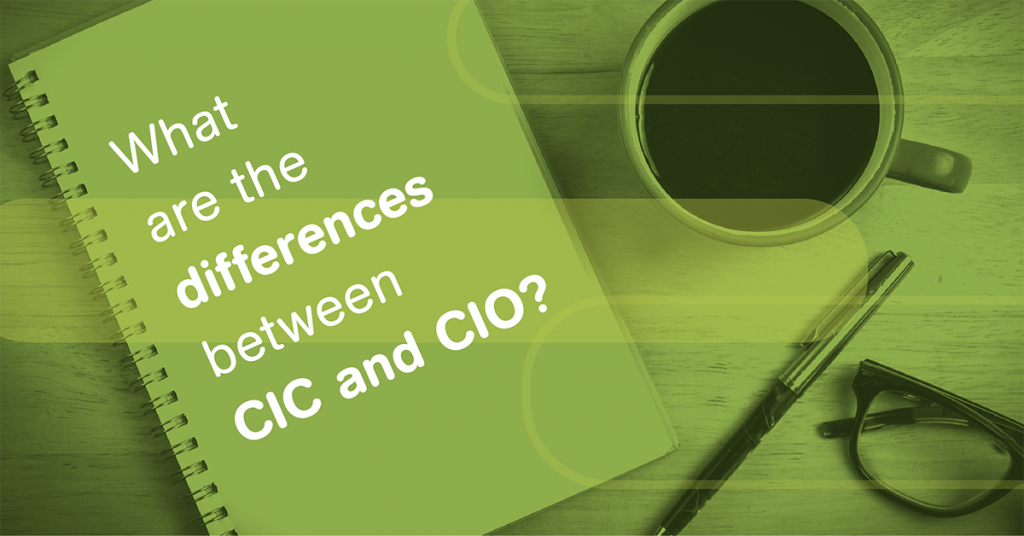Our guide on how to decide between CIC and CIO status.
New forms of legal entities have been introduced for non-profit organisations, social enterprises and charities in recent years. This includes the formation of the CIC (Community Interest Company) in 2005 and the CIO (Charitable Incorporated Organisation) eight years later, in 2013.
Here at TBL Accountants, we have years of experience as specialist accountants for charity. We help established charities manage their tax, VAT and payroll. We also act as independent examiners and auditors for charities and can advise on compliance with Charity Commission requirements.
With just one letter difference between these acronyms, it can be tough knowing your CICs from your CIOs.
To help you decide which structure might suit your charity or non-profit organisation, we have answered the most frequently asked questions about CICs and CIOs.
What is a CIC?
Short for Community Interest Company, a CIC is designed for social enterprises that want to use their profits to help a community. According to GOV.UK, “A CIC is a special type of limited company which exists to benefit the community rather than private shareholders.”
Can a CIC have charitable status?
Although a CIC exists to help the public, they do not have “charitable purposes”. What’s important to note with a CIC is that although it looks like a charity, it is actually a company. This type of company was first introduced in 2005 under the Companies (Audit, Investigations and Community Enterprise) Act 2004, as an easy way for social enterprises to have the foundations of a company, but with additional features that allow it to be used for the benefit of the community.
What are the advantages of a CIC over a charity?
There are many differences between a CIC and a charity, but at the core, a CIC is acknowledged as a funding body, and a body that can accept donations and grants, just like a charity. However, a CIC can also be funded by the sale of products and/or services sold as part of the company. Further, a director of a CIC can be paid and dividends can also be paid. There are differences with auditing and concessions too – a charity’s company accounts have to be audited, and a charity is allowed tax concessions.
Overall, a CIC benefits from an easier financial reporting process than a charity, while a charity benefits from tax breaks and relief. See more benefits of a CIC compared to a charity here.
Can a CIC convert to a charity?
While it’s not an easy task, it is possible to convert a CIC to a charity. This process requires the setup of a new charity, into which the CIC’s remaining assets are transferred, before closing the CIC altogether. More recently, The Charity Commission announced that CICs can change their structure to a CIO under the Charitable Incorporated Organisations (Conversion) Regulations.
Read on to find out more about CIOs and their differences compared to CICs and the traditional charity structure.
What is a CIO?
Unlike a CIC, a CIO (or Charitable Incorporated Organisation) is a new legal structure introduced for non-profit organisations and charities. With a CIC, you need to apply to Companies House when registering. However, with a CIO, you only need to register with the Charity Commission.
Is a CIO a limited company?
As one of the benefits of choosing this structure, a CIO offers separate legal personality and business is conducted in the company’s name, along with limited liability – meaning that the company’s members and trustees cannot be held personally responsible for its financial losses or debts.
What are the benefits of a CIO?
Alongside the benefits listed above, regarding limited liability and separate legal personality, a CIO is generally considered a more cost-effective and simpler structure than a company limited by guarantee. A CIO is particularly beneficial for smaller charities, or larger charities that want to establish a smaller wing, as they provide a registered number with the Charity Commission even if they have less than the £5000 income needed to become a registered charity.
What are the different types of CIOs?
There are two different types of CIOs available: the Foundation CIO and the Association CIO. With a Foundation CIO, the only voting members are the trustees. The Association CIO, however, has a wider membership, so there are voting members other than the charity’s trustees.
If you have recently set up a charity, or manage an established charitable organisation and need assistance with charity accounting, then please get in touch today. We are specialist accountants for charities and social enterprises for organisations across Essex. Contact us here or call us on 01702 466 886.
